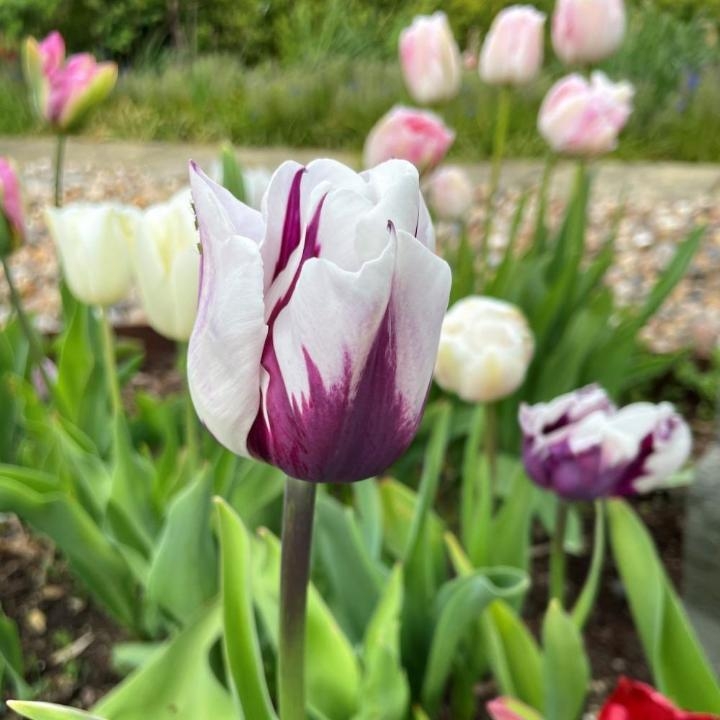9 Best Flowers to Plant in July for a Vibrant Summer Garden
Summer is in full swing, and for garden enthusiasts, July marks an exciting time. With the sun kissing your plants and longer days to enjoy your handiwork, it’s a season bursting with potential. While some think mid-summer is too late to plant flowers, the truth is that July is perfect for selecting blooms that thrive under the warm sun and resist the challenges of the season.
This blog will explore the best flowers to plant in July, their unique traits, and care tips to keep them thriving. Whether you’re filling gaps in your garden or starting a new flower bed, this guide will ensure your garden stays colorful and alive well into fall.
Why Plant in July?
Many gardeners consider spring the prime planting season, but July has its own benefits. Warmer soil temperatures mean quicker germination, while hardy blooms can settle in and flourish throughout the rest of summer. Plus, fast-growing annuals and perennials planted now often provide late-season color when earlier flowering plants fade.
Now, let's talk about the stars of the season—here are some excellent flowers to plant in July for a stunning, long-lasting summer garden.
Flowers That Thrive When Planted in July
1. Marigolds
Characteristics
- Color Range: Yellow, orange, red
- Type: Annual
- Height: 6 inches to 3 feet
Marigolds are exceptionally easy to grow and are a vibrant addition to any garden. Their heat-loving nature makes them perfect for July planting. Marigolds also repel pests like aphids, making them functional as well as beautiful.
Care Tips
- Sunlight: Full sun
- Watering: Allow soil to dry slightly between watering
- Maintenance: Deadhead spent blooms to encourage new flowers
2. Zinnias
Characteristics
- Color Range: Virtually every color except blue
- Type: Annual
- Height: 6 inches to 4 feet
Zinnias are hardy and fast-growing, making them a gardener’s favorite for July. They provide bountiful blooms and attract pollinators like butterflies, adding even more life to your garden.
Care Tips
- Sunlight: Full sun
- Watering: Water at soil level to avoid leaf spots
- Maintenance: Thin seedlings to ensure proper airflow
3. Cosmos
Characteristics
- Color Range: Pink, white, orange, and yellow
- Type: Annual
- Height: 1 to 6 feet
For gardeners looking to add a touch of whimsy, cosmos blooms with delicate, daisy-like flowers atop slender stems. Their drought tolerance makes them an excellent choice for warm July days.
Care Tips
- Sunlight: Full sun
- Watering: Minimal once established
- Maintenance: Remove spent flowers to prolong blooming
4. Coneflowers (Echinacea)
Characteristics
- Color Range: Purple, pink, white, yellow
- Type: Perennial
- Height: 2 to 5 feet
Coneflowers are tough, adaptable perennials that flower throughout summer and fall. They’re excellent for pollinator gardens, attracting bees and butterflies.
Care Tips
- Sunlight: Full sun to partial shade
- Watering: Regularly during prolonged droughts
- Maintenance: Divide clumps every few years to maintain vigor
5. Sunflowers
Characteristics
- Color Range: Yellow, orange, red
- Type: Annual (some perennial varieties exist)
- Height: 3 to 12 feet
Nothing says summer quite like sunflowers. These towering beauties grow quickly under the sun and make a cheerful addition to any space.
Care Tips
- Sunlight: Full sun
- Watering: Deep watering weekly
- Maintenance: Stake taller varieties to prevent bending
6. Petunias
Characteristics
- Color Range: Purple, pink, white, blue
- Type: Annual (sometimes grown as perennials in warm climates)
- Height: 6 inches to 18 inches
Petunias are versatile and bloom profusely in pots, garden beds, or hanging baskets. With their continuous flowering, they’re ideal for late-season color.
Care Tips
- Sunlight: Full sun to partial shade
- Watering: Keep soil evenly moist
- Maintenance: Pinch wilted blooms to encourage growth
7. Black-Eyed Susans (Rudbeckia)
Characteristics
- Color Range: Yellow, gold, orange with dark centers
- Type: Perennial
- Height: 1 to 3 feet
These cheerful, daisy-like flowers are low-maintenance and ideal for July planting. They thrive well into late summer, providing important food for pollinators
